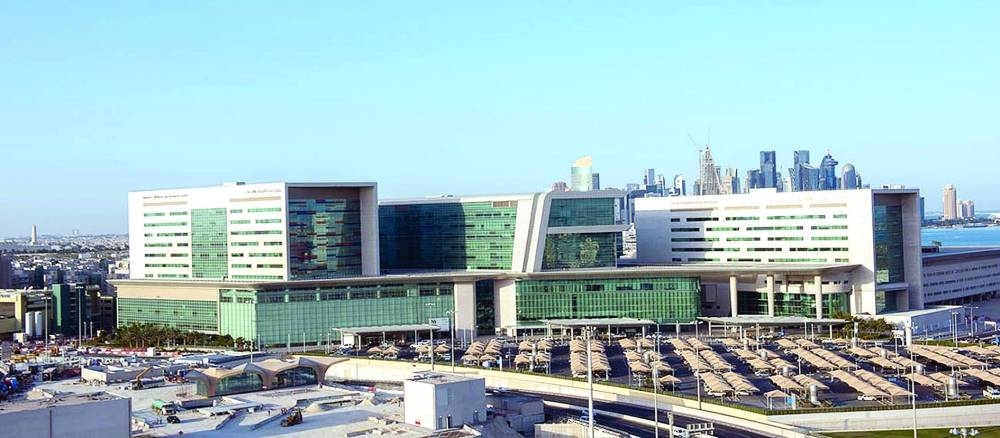
HMC hospitals at the Medical City.
A Qatar-based research shows that the number of patients requiring dialysis might go up at an average of 5.67% between 2022 and 2030.
“The number of dialysis patients in Qatar is anticipated to increase from 1,037 in 2022, to1,245 in 2025 and to 1,611 in 2030,” noted the study, ‘Time-Series Forecasting of Haemodialysis Population in the State of Qatar by 2030’ published in Qatar Medical Journal and featured on Qscience.com.
The researchers part of the study are physicians from Hamad Medical Corporation’s (HMC) Department of Medicine, Division of Nephrology and the Department of Quality and Patient Safety. They are Dr Abdullah Hamad, Dr Anas Mefleh al-Halabi, Dr Hafedh Ghazouani, Dr Elmukhtar M Habas, Dr Abdelsalam Mohamed Borham, Dr Sahar Mohamed Ismail, Dr Hassan Ali al-Malki and Dr Mohamad M Alkadi.
The study was taken up as there are only few statistics on dialysis-dependent individuals with end-stage kidney disease (ESKD) in the country. It aims to provide information that can aid in better understanding the dialysis development model, helping in higher-level services in future planning and provide data for creating preventive efforts. Therefore, the study proposes a time-series with a definitive endogenous model to predict ESKD patients requiring dialysis.
The researchers used four mathematical equations namely, linear, exponential, logarithmic decimal, and polynomial regression, to make predictions using historical data from 2012 to 2021. These equations were evaluated based on time-series analysis, and their prediction performance was assessed using the mean absolute percentage error, coefficient of determination, and mean absolute deviation. Because it remained largely steady for the population at risk of ESKD in this investigation, the researchers did not consider the population growth factor to be changeable.
“Our research offers straightforward and precise mathematical models for predicting the number of patients in Qatar who will require dialysis in the future. We discovered that the polynomial technique outperformed other methods. Future planning for the need for dialysis services can benefit from this forecasting,” the researchers have suggested.
The polynomial method has provided the best match for the prevalence dialysis data, according to numerical findings with good accuracy and variability. The polynomial algorithm is the simplest and best-calculated projection model, according to the results. Thus the researchers have reached the conclusion that the number of dialysis patients in Qatar is anticipated to increase from 1037 in 2022 to 1245 in 2025, and 1611 in 2030, with a 5.67% average yearly percentage change between 2022 and 2030.
The number of patients in Qatar with ESKD requiring haemodialysis and peritoneal dialysis has gone up over the last two decades by more than four and eight times, respectively. This growth coincides in part with a roughly four-fold increase in Qatar's population in the period.
Other variables include decreased mortality in the ESKD population and increased occurrence of risk factors for ESKD. In Qatar, only several government healthcare facilities run by the HMC have ever offered dialysis services. There were 250 peritoneal dialysis patients (22%) and 900 haemodialysis patients (78%), using more than 80% of the available haemodialysis stations across the country as of January 1, 2022.

